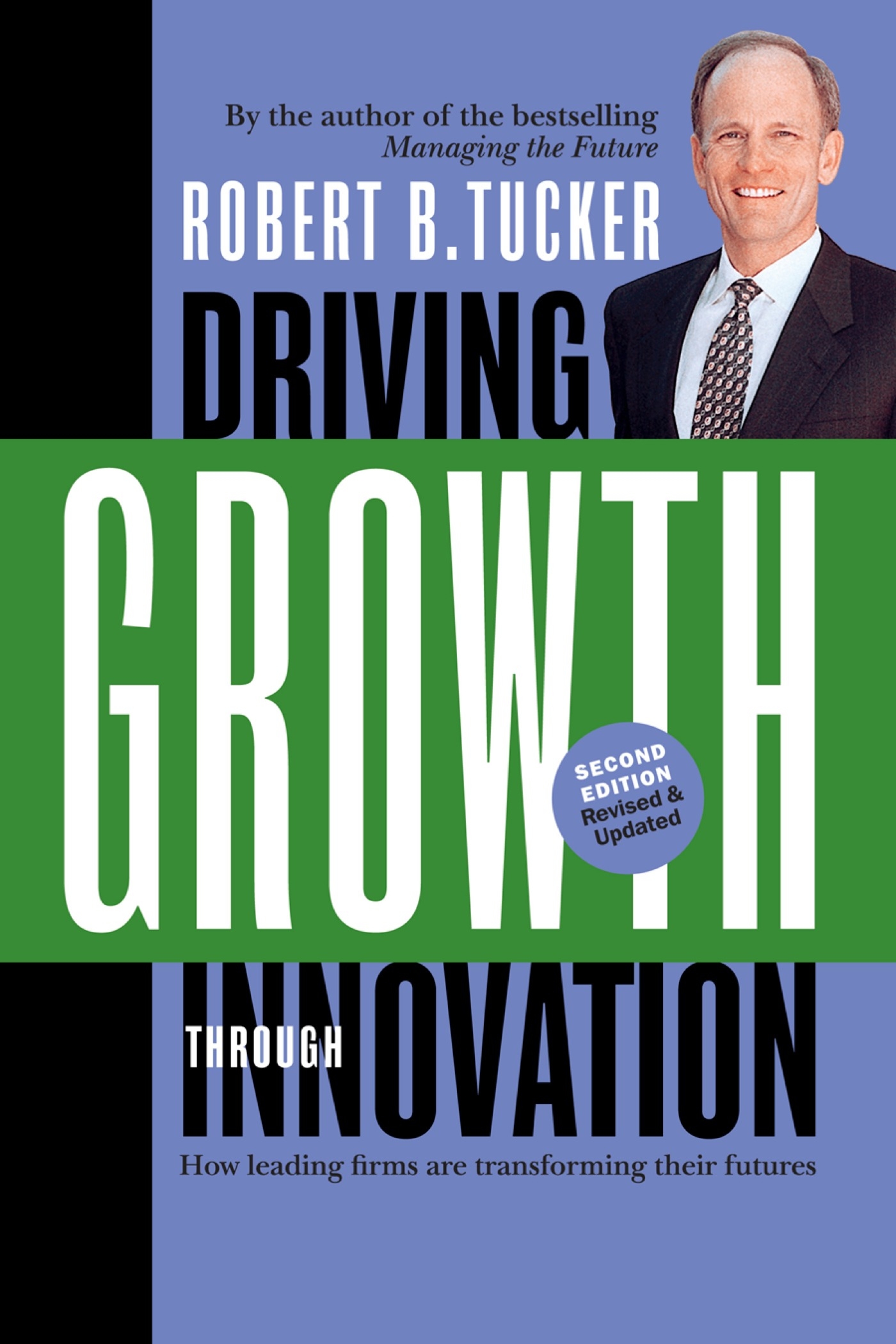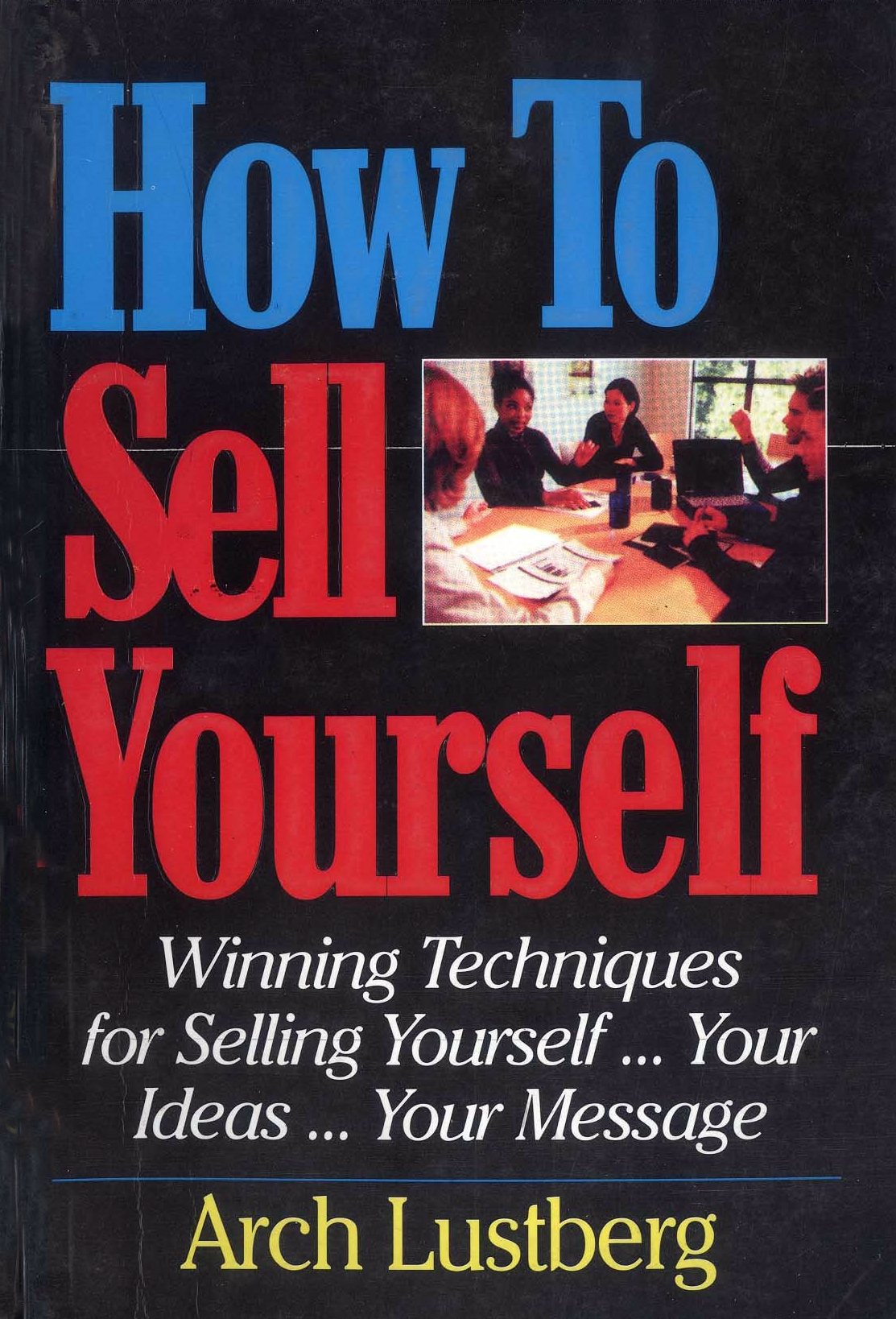

Author: Hal Lancaster
Publisher: Free Press
Reviewer: Goke Ilesanmi
One challenge that most students face in school and employees face in the workplace is how to boost their chances of getting promotion with ease. Most of them adduce different (wrong) reasons for their inability to get promotion. I think such people need to read this book entitled “Promoting Yourself”, with the subtitle “52 Lessons for Getting to the Top… and Staying There”. It is written by Hal Lancaster who spent more than 30 years at “The Wall Street Journal” as a reporter, bureau chief, editor and columnist.
From 1994 to 1999, Lancaster wrote the journal’s weekly “Managing Your Career” column as well as “Career Corner”, a bi-weekly column for CareerJournal.com, the journal’s acclaimed website for executives, managers and professionals.
He reveals that today’s workplace requires you to pit your competitive fire against a horde of ambitious bosses, peers and subordinates, all seeking the brass ring of success. Lancaster shows you how, with tough and savvy answers to the fundamental questions, such as How can I find the right job?, How can I improve my job?, When should I leave?, How do I survive my boss’s foibles?, etc. He assures that this text offers readers the street smarts and insight needed to tackle the highly political and often unjust reality of corporate life.
Structurally, the text is divided into seven parts of 52 chapters. Part one is generically christened “selling yourself”, and contains the first eight chapters. Chapter one is interrogatively entitled “whither goest resumes?” Here, Lancaster says when he first started writing on career management he vowed that he would not waste much time on the intricacies of curriculum vitae (called “resume” in American English).
“After all, there was already a surplus of weighty tomes on the subject. These books professed to reveal the secrets to penning resumes that would ‘knock’ ’em dead’, ‘knock your socks off’, be ‘trashproof’, or just be ‘damn good’. Besides, I grumped one morning at the breakfast table, what’s the magic in writing a good resume? Be clear, truthful, and brief, and sprinkle liberally with evidence of your accomplishments,” explains Lancaster.
The author says in truth, even the greatest curriculum vitae is not likely to get you a job, and the best it can do is to get you in the door and even in that task it is frequently supplanted by a good company contact. He expatiates that in the ultimate hiring decision, your interview and references carry far more weight. Lancaster adds that though a really- bad curriculum vitae can indeed cost you a job, by eliminating you from contention before you get a chance to dazzle.
He educates that job-hunting may not even be the best reason for maintaining an updated curriculum vitae, adding that at its best, a curriculum vitae is a flexible marketing tool that will not only aid your job search, but will help you to manage your career between searches. According to Lancaster, writing one forces you to define your career goals.
Chapter two is based on the subject matter of highlighting hidden skills. Here, this author says you can sift through the thousands of volumes written about career management. He adds that you can pay small fortune for psychological testing and career counselling. The author educates that you can schmooze and work your contacts until your tongue falls out. Lancaster says even then you may not be able to fathom that wondrous and miraculous little thing that finally nudges a hiring manager into hiring you. He explains that this is because sometimes, what finally wins the day is something so well hidden, the power of which you are not even yet aware of. The truth of the matter is, when you’re putting together a resume, you can’t always tell what will seal the deal,” illuminates Lancaster.
He says it is necessary to keep an inventory of all your experiences and skills, adding that one of them may someday land you the career of your dreams. The author asserts that it is equally important to keep updating that inventory with new experiences such as projects taken on, conferences attended, training and education received. Lancaster says this is because over time, those memories will surely fade. “Quick, can you remember every project, seminar, or class you took even ten years ago?” submits this author rather rhetorically.
In chapters three to eight, Lancaster examines subject matters such as promoting yourself online; how to tell good schmoozing from bad; being wary in job-hunting; who is likely to get a job; acting the interview and getting what you are worth.
Part two is based on the eclectic concept of getting ahead, and has seven chapters, covering chapters nine to 15. Here, the author discusses concepts such as taking the road less travelled; hunting the elusive mentor; leading when you are not the leader; promotion; breaking out of your pigeonhole; chasing the MBA and dunning your boss for a raise.
Part three is generally summarised as “into the management maelstrom” and contains five chapters, covering chapters 16 to 20. Chapter 16 is entitled “Avoiding those first-time manager blues”. Here, Lancaster says, “There you are, footloose and fancy-free, a successful role player in your organisational hierarchy. You’re making pretty good money, and you actually know what you’re doing! After all, it’s what you trained and studied for all those years. Then suddenly there’s a phone call, and in the time it takes you to get to your boss’s office, it’s all over. You’re now a manager, and may the good Lord protect you.”
He adds that it no longer matters how good you are at your job or how much you know because your future hinges on your ability to organise and put a charge into a “group of malcontents, slackers and Machivellian schemers”. You have now got a bunch of higher-ups perched on your shoulder, just waiting for you to screw up, reveals Lancaster.
He says making the leap to a managerial position is not quite that traumatic, but it is close to that. According to him, “Most get thrown into the arena under-trained and under-armed, uncertain how much authority they really have and just how to wield it without alienating this gaggle of needy humans they’ve been asked to lead.”
In chapters 17 to 20, the author analytically X-rays concepts such as who said techies cannot manage?; managing techies when you are not one; managing a hostile crew; and the art and craft of being a good number two.
Part four has the eclectic subject of making midcourse corrections, and covers nine chapters, that is, chapters 21 to 29. Chapter 21 is entitled “Turnarounds and careers: Even a lemon has juice”. Here, Lancaster says if you want to make a name for yourself as a can-do manager, find something broken that needs to be fixed. He stresses that turnaround managers must always stay calm and think clearly in the midst of turmoil and be able to envision both short- and long-term goals.
Lancaster adds that they must be able to pull together, an emergency business plan and get it into operation at the flank speed. Turnaround managers also need to know more about finance than the average managers, since that is a critical part of any decision in a turnaround, educates the author. He stresses that turnaround managers must be extremely persuasive and be able to inspire confidence in order to cope with the almost-constant conflict and tension.
In chapters 22 to 29, the author discusses concepts such as avoidance of crisis; learning from failure; adapting to continual turmoil; return of the living dead; and job-hopping. The remaining concepts are how to survive your middle crisis; going home again and using a job hiatus to build a new career.
Part five is based on the metaphorically generic subject matter of swimming in a sea of change and contains seven chapters, that is, chapters 30 to 36. Here, Lancaster analytically X-rays concepts such as high-anxiety, low-esteem blues; reinventing your job; creating your own new job; taking a buyout and going bye-bye; wielding the broom; post-merger trauma; and chasing the start-up pot of gold.
Part six is summarily woven together as “Office politics: Playing well with others”, and contains seven chapters, covering chapters 37 to 43. Here, the author examines concepts such as mastering office politics without becoming a jerk; getting noticed without being pushy; learning to negotiate in your career; and living with bad bosses. Others are: surviving a new boss; going over the boss’s head; and teaching an old boss new tricks.
Part seven, the last part has general thematic focus of alternate paths to glory, and covers chapters 44 to 52. Here, he beams his analytical searchlight on concepts such as the perils and promise of turning your hobby into a career; alternative work arrangements; living life as a pilot fish; women that break the mold; and living La Vida free agency. Others are: getting branded for life; life as a corporate Samurai; building a parallel career for fun and profit; and importance of where you end your career.
Stylistically, this text is an embodiment of success. The language is standard and simple while the presentation is superb. By segmenting the text into 52 chapters, Lancaster is able to make it easy for readers to read. He lends credibility to the text by illustrating with stories of real-life professionals. Through this strategy, he is able to inspire readers to take action. What’s more, the outer front cover design is visually suggestive of the overall subject matter of the text. This author also uses archaism, e.g., “Whither goest resumes?” (page three) to create linguistic attraction. Note that the book is written in American English, which is why “resume” is used instead of the British English version “curriculum vitae”.
However, the layout of the inside pages needs to be improved upon to make them more eye-friendly, especially that graphics are not used. There is an error of punctuation on page four where the -ing compound noun “job hunting” is used without the normal hyphen so that it can be something like “job-hunting”. Also chapter one that is based on curriculum vitae needs to be made clearer and more definite. I am a curriculum vitae consultant and know that chapter one needs to be beefed up. Finally, this text is fantastic and is thus highly recommended to those who want to bid career stagnation farewell.




















